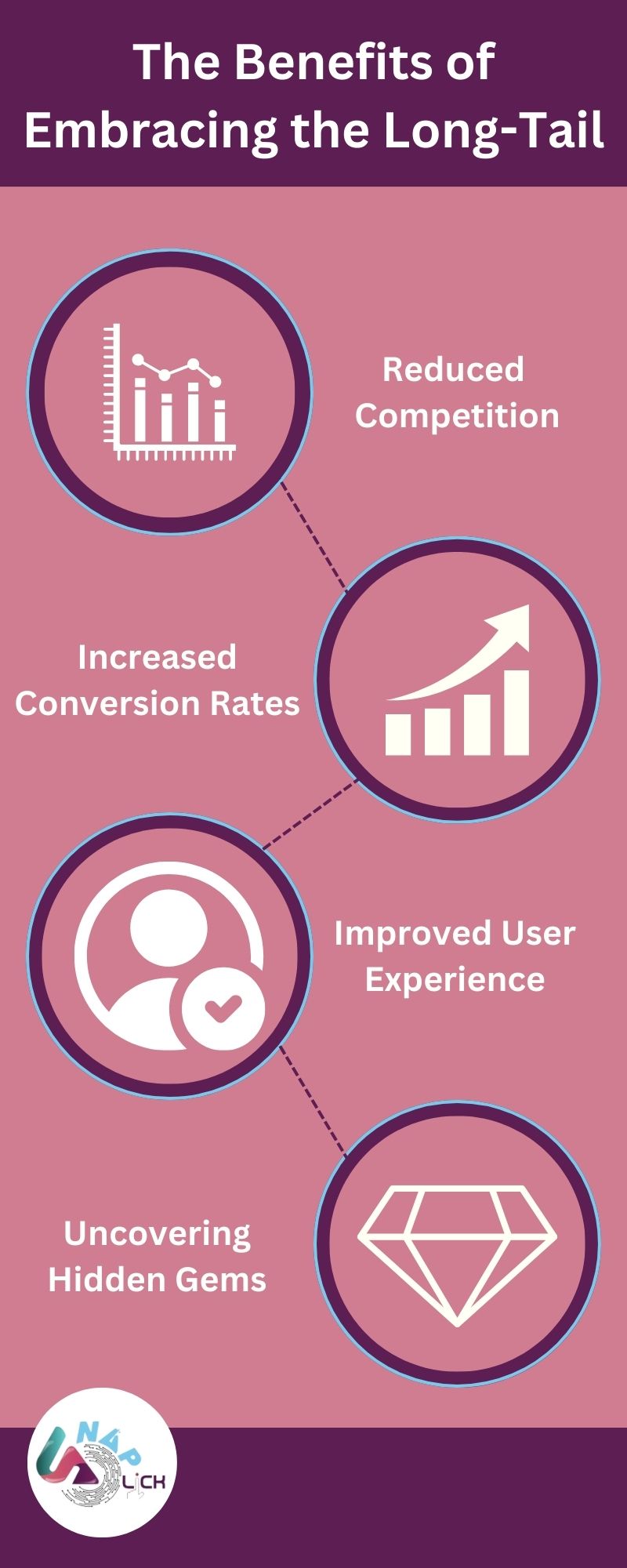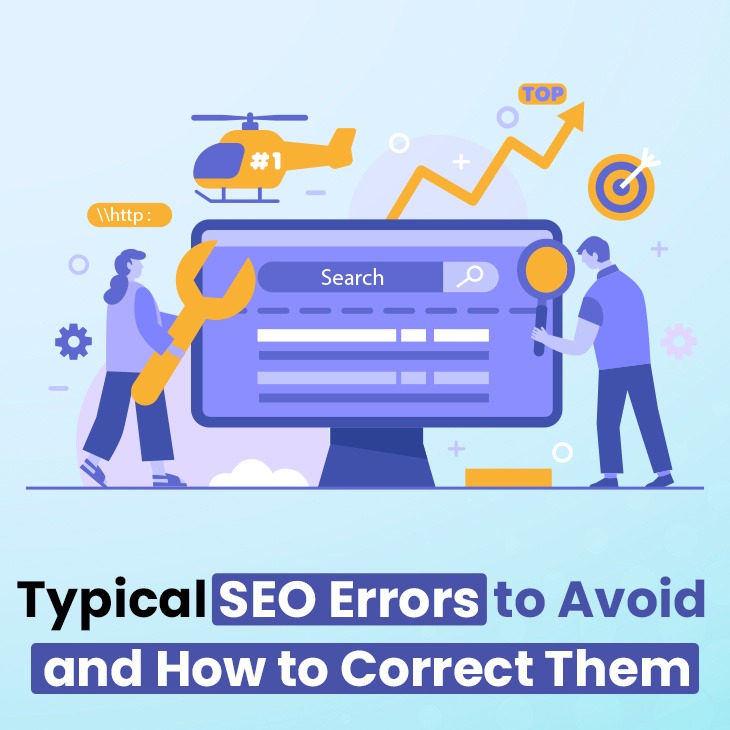
In the bustling marketplace of the internet, every website owner strives to attract visitors and convert them into loyal customers. The key to achieving this lies in the art of search engine optimization (SEO), where keywords act as the invisible bridges connecting your content to potential customers. But in this game, not all keywords are created equal. While short-tail keywords, like “food” or “travel” boast high search volume, they’re also fiercely competitive, making it difficult for your website to stand out in a sense of similar results. This is where long-tail keywords emerge as the unsung heroes of SEO, offering a strategic approach to attracting a target and boosting your online presence.
Short-Tail Keywords: The Double-Edged Sword
Imagine searching for “travel” online. The sheer number of results can be overwhelming, right? Short-tail keywords, typically consisting of one or two words, are like casting a wide net, attracting a broad audience of visitors who are merely browsing, not genuinely interested in what you offer. Additionally, the high competition for these keywords makes it challenging to rank well in search engine results pages(SERPs), pushing your website down the digital abyss.
Long-Tail Keywords: Specificity Breeds Success
Think of long tail keywords like a laser beam, precisely, targeting a specific niche within your broader field. Instead of “cake shop”, a long tail keyword could be “best cake shop near me”. This extended phrase not only conveys a specific need but also indicates a user further along the buying journey, likely ready to make a purchase.
Why Long-Tail Keywords Matter:
While head keywords might boast impressive search volume, their broad nature attracts a diverse audience, many of whom may not be genuinely interested in your product or service. Long-tail keywords, on the other hand, act like laser pointers, attracting a highly targeted audience with clear intent. Someone searching for “best gym” is likely in the early research stage, while someone searching for “best gym near me” is much closer to a go-to decision.
The Benefits of Embracing the Long-Tail:

Reduced Competition: Unlike the fiercely contested head keyword battleground, long-tail keywords often face lower competition. This means you have a better chance of ranking higher in search results, even with a relatively new website.
Increased Conversion Rates: Because long-tail keywords are more specific, they attract users with a clear understanding of their needs. This makes them more likely to convert, whether it’s a purchase, a subscription, or a download.
Improved User Experience: By targeting specific user queries, you can tailor your content to their extra needs. This creates a more relevant and engaging user experience, leading to increased satisfaction and brand loyalty.
Uncovering Hidden Gems: Long-tail keywords can help you discover valuable insights into your target audience’s specific interests, pain points, and questions. This valuable information can inform your content strategy and product development.
How to Leverage the Power of Long-Tail Keywords:
The Long and Short of it:
While head keywords might seem like the holy grail of SEO, neglecting the power of long- tail keywords would be a grave mistake. By incorporating these specific, user-driven phrases into your SEO strategy, you can attract a more targeted audience, improve conversions, and ultimately, achieve greater success in the ever-evolving SEO landscape. Remember, sometimes, the quietest voice holds the most potential. So, start listening to the whispers of long-tail keywords and watch your website flourish!



 Aparna Sharma
Aparna Sharma 










